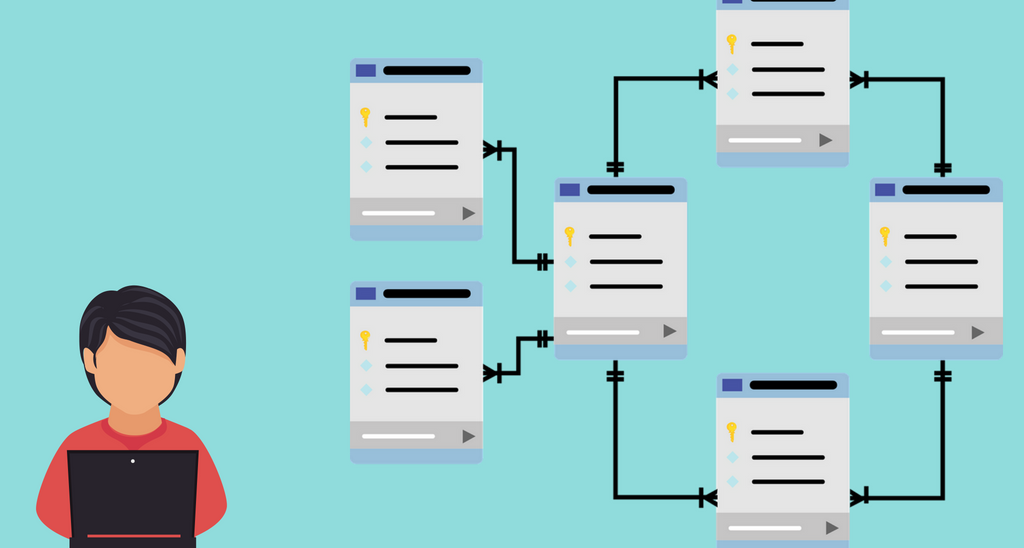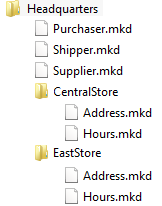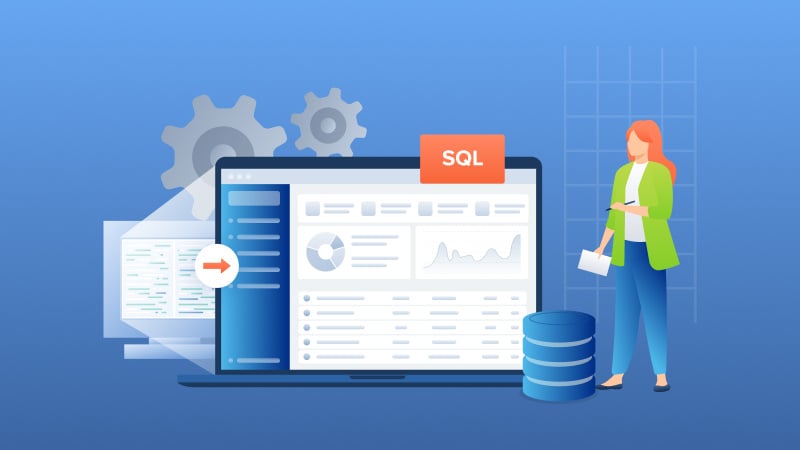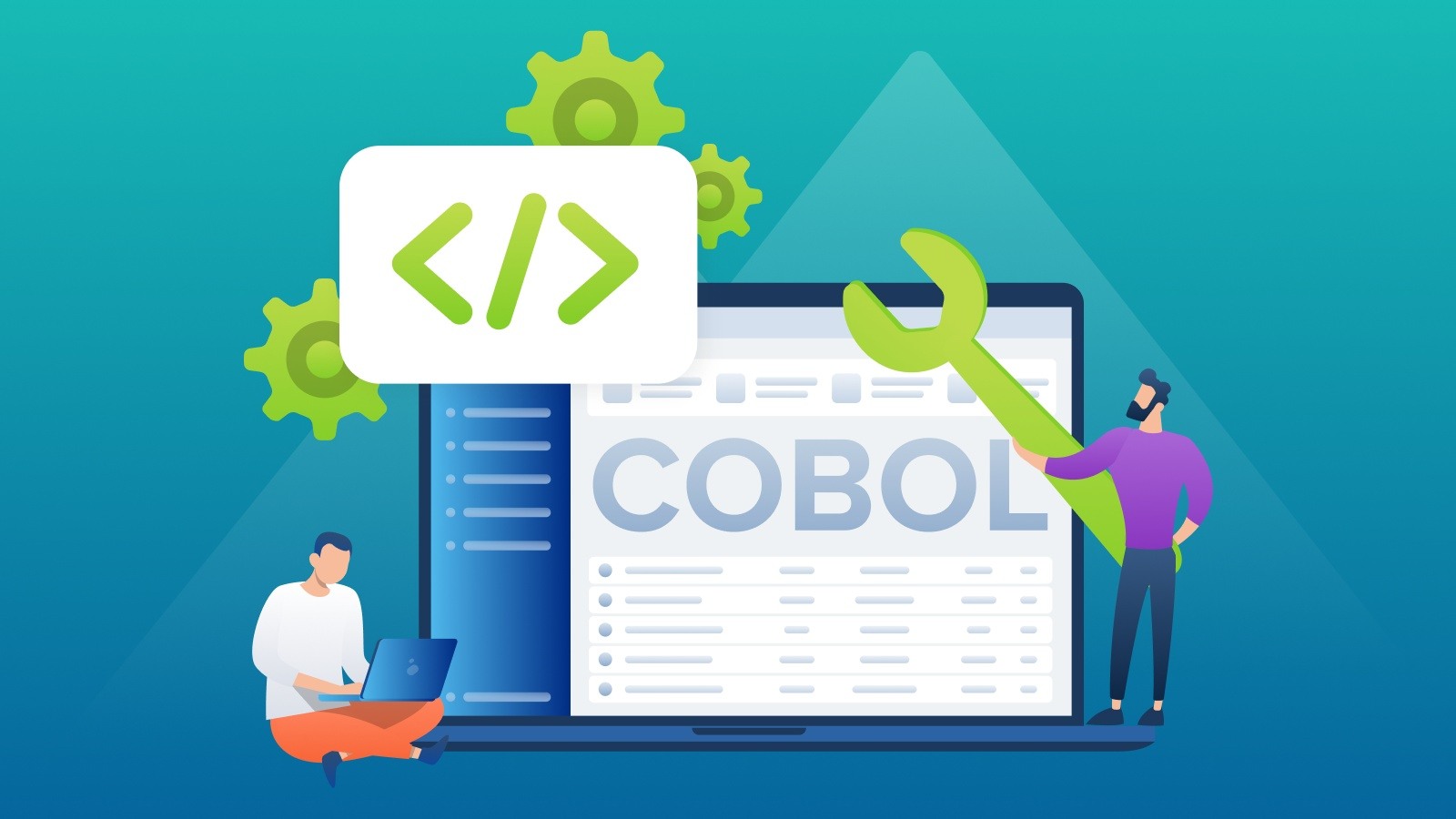Why Migrate from Btrieve to PostgreSQL and other Relational Databases?
Introduction Many independent software vendors (ISV) and corporate users still rely on applications that use a category of database collective called...

A common situation in applications using Btrieve, Pervasive.SQL, and Actian databases involves a multi-directory structure for storing data files. This setup is not easily transferable to a SQL database, but it must be addressed for a seamless migration to an SQL backend. In BTR2SQL, we have developed an approach that simplifies this process and does not necessitate changes to your application.
The scenario pops up because applications using a multi-directory structure store general information in a top directory, and region-specific information in lower directories. Here’s an example of this structure:

To get around this potential for collisions, Mertech’s BTR2SQL GUI offers several ways to resolve this problem:
If you choose this option, you’ll be migrating each of your company-specific directories to a separate server or database, so similarly-named tables don’t conflict with each other.
Pros:
Cons:
If you choose this option, you’ll be migrating each of your company-specific directories to separate schemas (users in Oracle), in much the same way you’d be migrating to multiple databases or servers if you chose the option above. However, migrating to separate schemas on Oracle allows you to more granularly control user access.
Pros:
Cons:
If you choose this option, you’ll be adding a unique prefix or postfix to each table you migrate, to note which are used by which directory. Then, you’ll be creating and updating mds.ini files to match this structure, as well as migrating certain .INT files, so your application functions as expected.
Pros:
Cons:
After you weigh out the pros and cons of your migration options the next step is to get started! To get the step-by-step procedures you need in order to perform a multi-company migration, refer to the Multi-company migration of a Btrieve application using the BTR2SQL GUI white paper.
Originally published November 13, 2014, and updated August 15, 2018

Introduction Many independent software vendors (ISV) and corporate users still rely on applications that use a category of database collective called...

COBOL applications are the foundation of numerous essential business functions, especially within the banking, insurance, and government sectors....

Imagine breaking free from the constraints of old, monolithic systems and embracing the agility and innovation of cloud-based solutions.